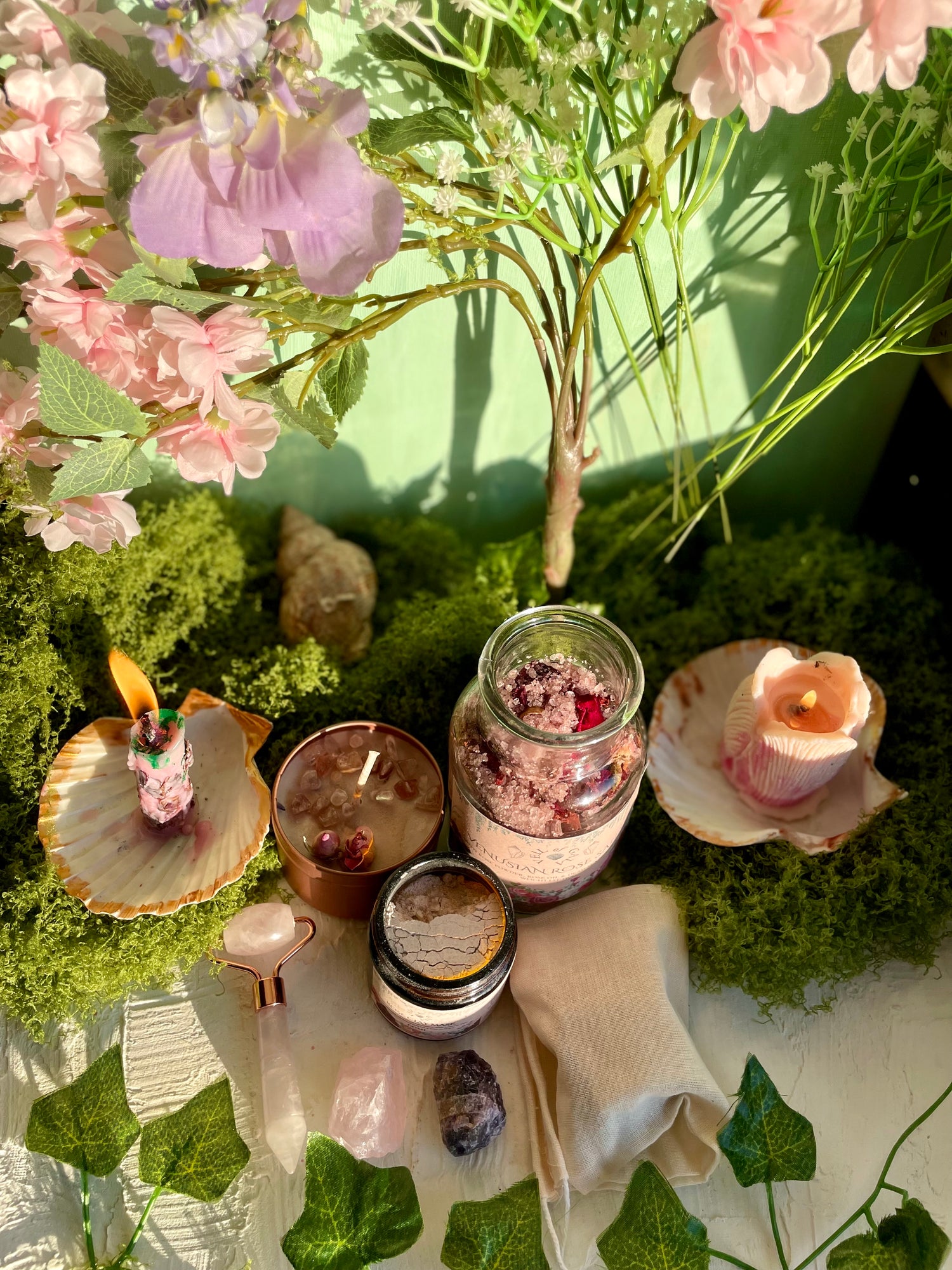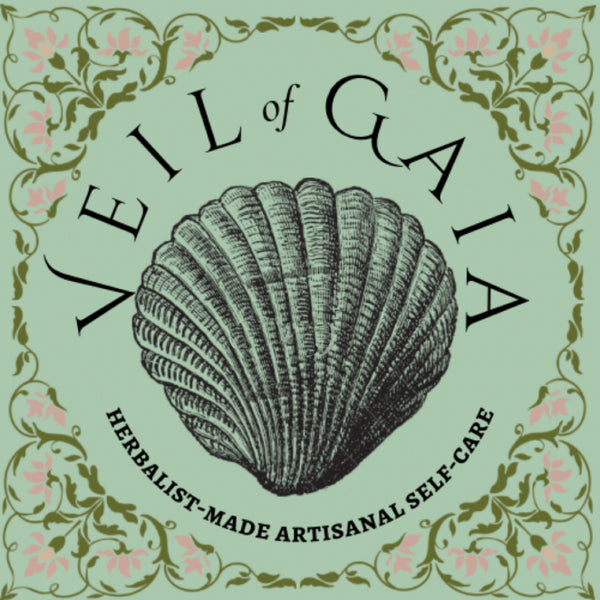You can't deny how cute, Christmassy and cosy a good old-fashioned Christmas pudding looks, a true Christmas icon. This candle was such a fun little evening project and was actually my mother's idea! Indulging in feel-good festive crafts is so therapeutic, and what's even better is that this was a pure aromatherapy candle with a Christmassy essential oil blend. This blend included:
- Cinnamon essential oil
- Nutmeg essential oil
- Ginger essential oil
- Clove essential oil
- Vanilla essential oil

This warming scent not only calms anxiety, reduces stress levels and soothes depressed moods, but also infuses that cosy festive scent into the air using natural ingredients rather than toxic, synthetic fragrances. This post will delve more into the healing benefits of nutmeg, but first we can dig a little deeper into the history of the delightful Christmas pudding!

Christmas pudding, also known as plum pudding or figgy pudding, has its roots in medieval English sausages when fat, spices, and fruits were mixed with meats, grains, and vegetables and packed into animal stomachs (doesn't sound the most appetising, I know). The first records of plum pudding date back to the 15th century when "plum pottage," a savoury concoction, was served at the start of a meal. The pudding is made with suet, brown sugar, raisins, currants, candied orange peel, eggs, breadcrumbs, and plenty of alcohol. The religious significance of the pudding can be traced back to the celebration of Stir-Up Sunday, where family members take turns stirring up the pudding mixture while making a wish before it was wrapped and boiled until Christmas Day. Its Pagan roots also lie with the game of "snap dragons," in which children compete during Christmas to pluck raisins from the flaming brandy, having ancient origins in the practices of Celtic Druids.
Now onto the wonders of nutmeg...

Nutmeg is a great holistic spice. Its botanical name is Myristica fragrans Houtt and it belongs to the Myristicaceae family. In western medicine, the herb is known for its aphrodisiac, astringent, nervine and digestive-relief properties. In Chinese medicine, it is known for its ability to regulate Qi and warm the body in the midst of a chill. In Ayurveda, the spice increases pitta and balances those with vata and kapha doshas.
Nutmeg is mentioned in one of the oldest scriptures, the Vedas of India, which were composed between 1500 and 1000 BCE. In the Vedas, nutmeg is mentioned for improving digestion, headaches, fevers, bad breath and much more. The spice is also mentioned in ancient Chinese, Egyptian and Arabic texts, too. Its infamy is for good reason, as nutmeg itself is a stimulating, anti-spasmodic spice that contains pungent oils, mainly myristicin, which stimulates the GI tract, making it a great remedy for digestion concerns and bloating. The warming nature of the oil is also the reason nutmeg essential oil is often used in aromatherapy for its relaxing, nervine properties, energising but also reducing stress with its warm, comforting scent. It is also applied topically to sore muscles and pains as a stimulating, warming relief.
Metaphysically, nutmeg is most commonly associated with the element fire and the celestial bodies of Jupiter (due to its association with luck and abundance), as well as the Moon (which is why some regard the element of association also being water). It is also used spiritually for wealth, protection and heightened spiritual sensitivity.
Overall, how could you not love nutmeg? It's a wonderful herb with amazing aromatherapy benefits...a beautiful oil to add to your candles, oil burners and baths.
P.S. Always be sure to consume nutmeg with caution. Consume only a little, as it is very toxic in excess.


